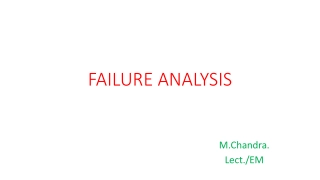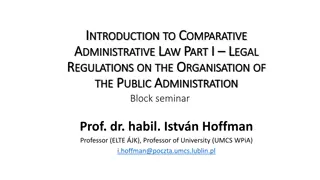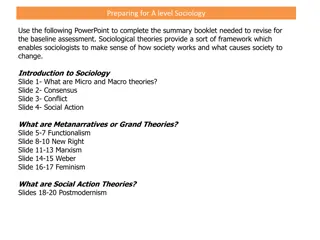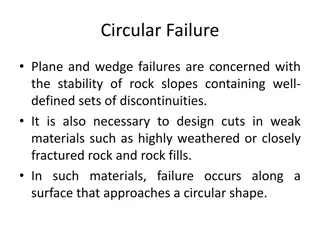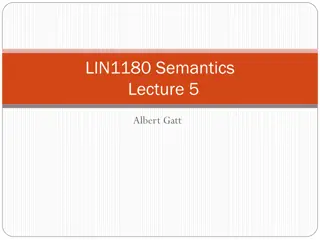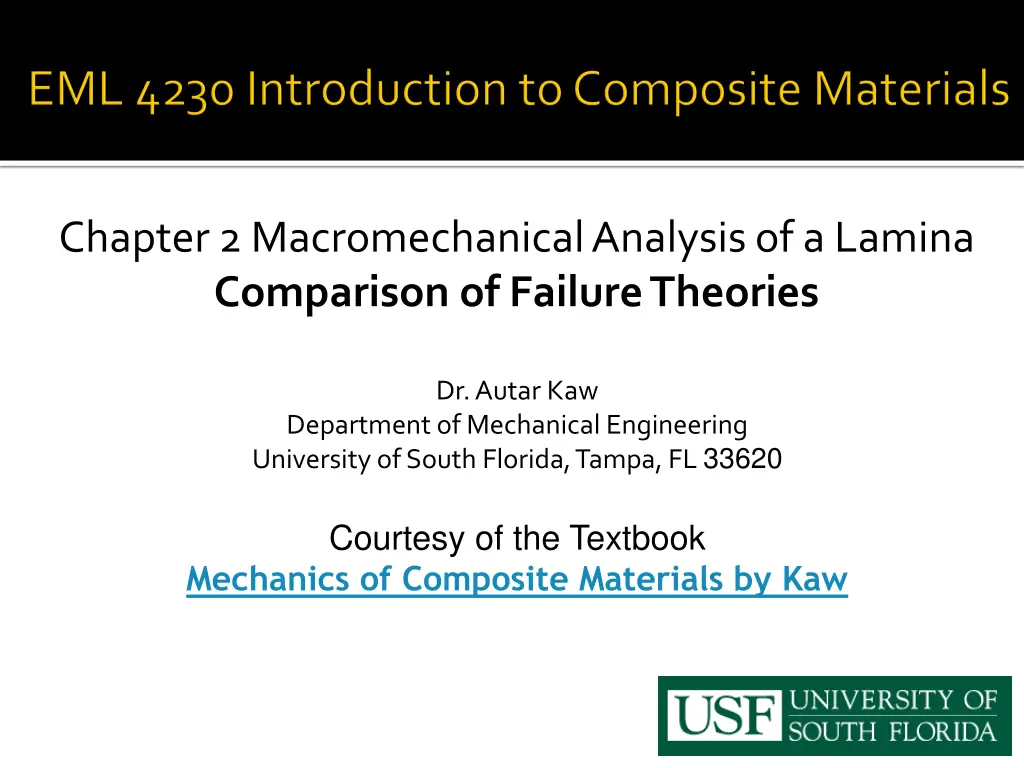
Comparison of Failure Theories in Lamina Analysis
Explore the comparison of failure theories based on normal and shear strengths in lamina analysis. Tsai and Wu's findings from experimental results are examined for various loading scenarios and angles. Different theories such as maximum stress, maximum strain, Tsai-Hill, and Tsai-Wu are studied to understand the behavior of composite materials.
Download Presentation

Please find below an Image/Link to download the presentation.
The content on the website is provided AS IS for your information and personal use only. It may not be sold, licensed, or shared on other websites without obtaining consent from the author. If you encounter any issues during the download, it is possible that the publisher has removed the file from their server.
You are allowed to download the files provided on this website for personal or commercial use, subject to the condition that they are used lawfully. All files are the property of their respective owners.
The content on the website is provided AS IS for your information and personal use only. It may not be sold, licensed, or shared on other websites without obtaining consent from the author.
E N D
Presentation Transcript
Chapter 2 MacromechanicalAnalysis of a Lamina Comparison of Failure Theories Dr. Autar Kaw Department of Mechanical Engineering University of South Florida, Tampa, FL 33620 Courtesy of the Textbook Mechanics of Composite Materials by Kaw
The failure theories are generally based on the normal and shear strengths of a unidirectional lamina. An isotropic material generally has two strength parameters: normal strength and shear strength. In the case of a unidirectional lamina, the five strength parameters are: ( )ult 1 T Longitudinal tensile strength Longitudinal compressive strength Transverse tensile strength Transverse compressive strength In-plane shear strength ( )ult 1 C ( )ult 2 T ( )ult 2 C ( )ult 12
Tsai and Wu compared the results from various failure theories to some experimental results. He considered an angle lamina subjected to a uniaxial load in the x-direction. y 2 1 x x x FIGURE 2.33 Off-axis loading in the x-direction Fig 2.33 second edition Fig 2.31 first edition
( ) 1 ( ) 2 ) ult 12 ( )ult 1 ( )ult 2 )ult 12 C T 1 ult ( ( C T 2 ult 12 y 2 1 x x FIGURE 2.34 Maximum normal tensile stress in x-direction as function of angle of lamina using maximum stress failure theory x Fig 2.33 second edition Fig 2.31 first edition
( ) 1 ( ) 2 ( )ult < 1 ( )ult < ( < 12 12 C T < 1 ult ( C T 2 < 2 ult ) )ult < 12 ult y 2 1 x FIGURE 2.35 Maximum normal tensile stress in x-direction as function of angle of lamina using maximum Strain failure theory x x Fig 2.33 second edition Fig 2.31 first edition
2 2 2 1 1 T 2 2 12 1 + + 2 ult T T ( ) ( ) ( ) ( ) 1 2 12 ult ult ult 1 y 2 1 x x x FIGURE 2.36 Maximum normal tensile stress in x-direction as function of angle of Fig 2.33 second edition Fig 2.31 first edition lamina using Tsai-Hill failure theory
1 + + + + + + 1 2 1 2 2 2 12 2 1 H H H H H H H 1 2 2 6 12 11 22 66 12 2 y 2 1 x x x Fig 2.33 second edition Fig 2.31 first edition FIGURE 2.37 Maximum normal tensile stress in x-direction as function of angle of lamina using Tsai-Wu failure theory
S = 16.33 (Maximum Stress failure theory), = 16.33 (Maximum Strain failure theory), = 10.94 (Tsai-Hill failure theory), = 16.06 (Modified Tsai-Hill failure theory), = 22.39 (Tsai-Wu failure theory) y 2 1 x x x Fig 2.33 second edition Fig 2.31 first edition

